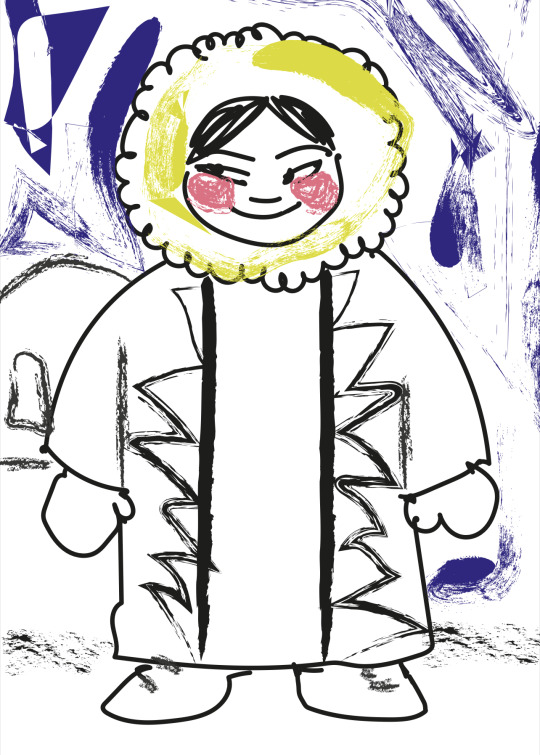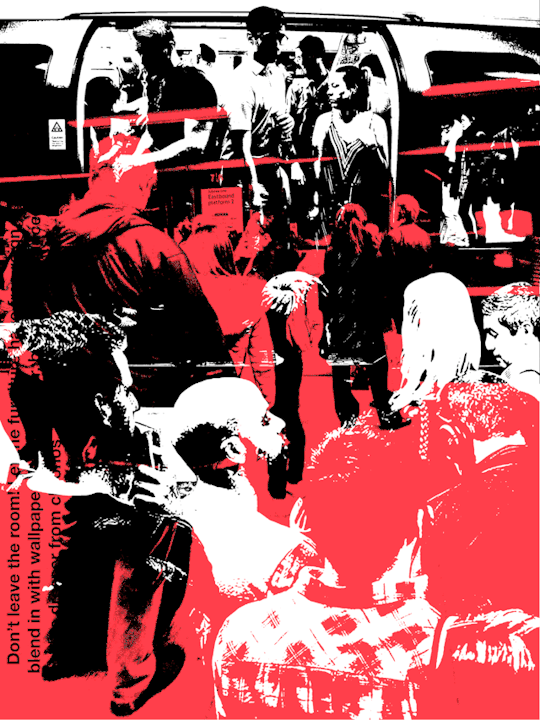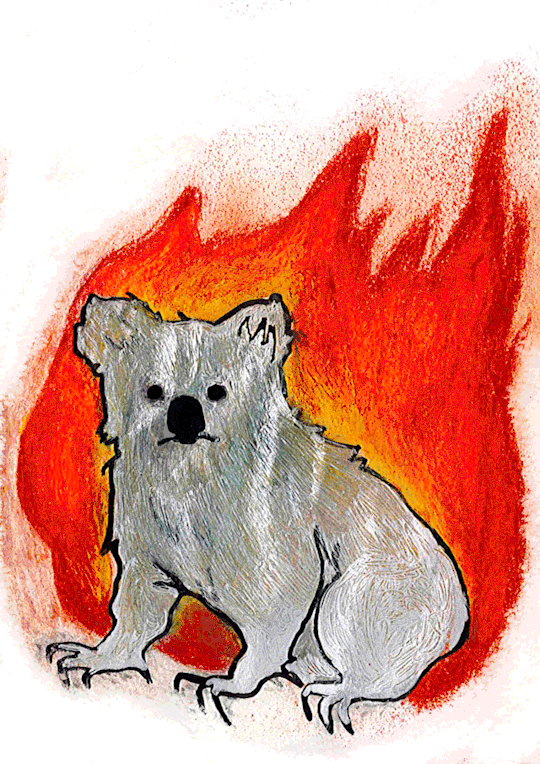Video
0 notes
Video
0 notes
Video
0 notes
Video
0 notes
Text
Contemporary artists who use mid-century illustration as inspiration in their own work.
Matthew Laznicka
Wisconsin-based artist Matthew Laznicka creates vintage-like illustrations with a contemporary motives, highly inspired by classical retro illustration, especially these made by Norman Rockwell.

Irene Rinaldi
Italian illustrator Irene Rinaldi’s artworks is influenced by midcentury stylization and by the strong graphic aesthetic of linocut printing‚ as well as by screen-printed poster art.



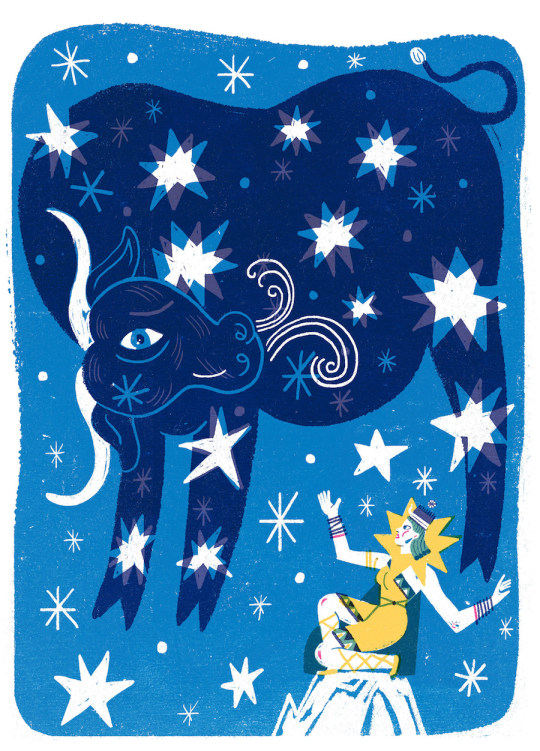
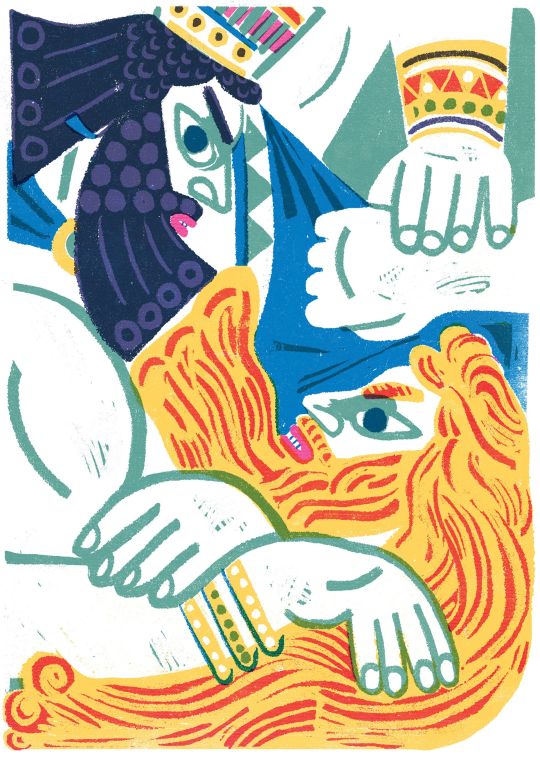
She tries to reproduce the aesthetic of handmade printing, using printed textures and overlaying colours.

Derek Yaniger
Derek Yaniger is a contemporary illustrator who worked with Cartoon Network and Marvel Comics, then decided to go solo doing his own mid-century inspired artworks.

His works illustrates the retro world of beatniks, tiki bars and Vegas glamour.


0 notes
Text
Industrialisation and mass production
The negative effects of industrialisation :
1.Terrible environmental damage
When it comes to industrialization the biggest problem is the environmental damage caused by the smoke and emissions generated by burning fossil fuels. In regions where factories are built next to natural water sources, the toxins can come in a variety of forms — solid, liquid or gaseous — and they can all end up contaminating the local water supplies. Landfills and other waste disposal areas can leach toxins into the local water supply, leading to water pollution.
Industrialization has led to dramatic habitat destruction. Forests are cut down and ecosystems are destroyed to create roads, strip mines and gravel pits.
Destroying these habitats upsets local ecosystems and leads to plant and animal extinction if the species are unable to adapt to their new surroundings.
2. Loss of Craftsmanship
Before the Industrial Revolution, people were obliged to make their own items, as goods are not mass produced. They would also buy from local artisans who had the ability to create good-quality items. So, people took pride in their handicraft, which are probably “one of a kind” with minimal flaws, making them stand out from similar products.
3. Overcrowded cities.
Many migrants began to make their way to the industrial towns and major cities during the Industrial Revolution because of the promise of better wages. These communities were not prepared for the influx of people that headed their way.
Builders would eventually help to relieve the initial housing shortages that occurred, eventually leading to the modern building and multi-floor structures, there were lots of shantytowns that developed in the early days in Britain.This disadvantage led to problems with sewage and sanitation, which caused contamination of the local drinking water. With lots of people all living in the same area, worn out by challenging working conditions, and consuming unsafe fluids, there were numerous disease such as smallpox, cholera, tuberculosis, and typhus were all significant problems.
4. The Industrial Revolution was powered by petroleum and other oils.
It was not petroleum that helped to initially fuel the Industrial Revolution around the world. It was whale oil. This product was useful for soap and margarine, and it was widely used in the oil lamps of the time. It was not until the 19th century, when we began to use petroleum products for these needs, that the hunting habits for these creatures began to decline. The only way to harvest that product was to boil strips of blubber after pulling the creature to land.If it happened at sea, the oil was harvested on the ship, and then the remaining carcass was thrown into the ocean to catch the next one. This caused a significant reduction in the population of baleen, bowhead, and right whales. They were hunted almost to extinction.
5. Poor Working Conditions
The equipment in the factories was dirty, spew soot and smoke that led to breathing issues, accidents, and injuries.People worked longer hours under bad conditions, which led to illnesses and even death.
Women and children earned half as much of the men if they were lucky.
The positive effects of industrialisation:
1. Enhanced Wealth and Quality of Life of the Average Person
Thanks to the processes intended by industrialisation, companies could produce items faster than ever before which increased the number of items that could be made per hour as well since items didn’t need to be made by hand any more. As supplies went up, then prices went down. Having an enhanced quality of life was no longer as expensive as it used to be.
2. Expanded the influences of borders.
Before the industrial revolution, trade and commerce were restricted to the national level at best. International trade was difficult, because of the high cost of transporting goods. The industrial revolution made transportation easier and cheaper, which allowed businesses to create an international presence for their commodity.
3. Progressive inventions
The growth of road and rail transportation and the invention of the telegraph (and later telephone) meant that word of advances in manufacturing, agricultural harvesting, energy production, and medical techniques could be communicated between interested parties quickly.
4. Improvements in Transportation
The means of transportation changed enormously during the Industrial Revolution, where it became more comfortable, faster and cheaper. This allowed for easier travel, which opened up new areas to many people.
5. The Rise of Specialist Professions
To increase overall efficiency and to take advantage of new opportunities, factory workers were trained to perform specialized tasks. Factory owners divided their workers into different groups, each group focusing on a specific task.
As the factories grew and workers became more specialized, additional teachers and trainers were needed to pass on specialized skills. Other businesses within the towns also became more specialized.
Sources:
https://futureofworking.com/8-biggest-pros-and-cons-of-industrial-revolution/
https://www.britannica.com/story/the-rise-of-the-machines-pros-and-cons-of-the-industrial-revolution
https://greengarageblog.org/16-far-reaching-pros-and-cons-of-industrial-revolution
0 notes
Text
Artist Book/Zine
Artist Book
Artist book is a medium in which artist's using the form and function of book as inspiration and a way of self-expression. Artist's style and creative approach makes it outstanding and unique.
In the artist's book illustrations and text are correlated in a special way: on the one hand, the text plays an important role (including-as motivation for artists), on the other-graphic sheets constitute a parallel text, free from the task of direct illustration of literary material.
At the beginning of the XX century, futurists, Dadaists and Surrealists sought to erase the boundaries between text and graphics. Russian poet Sergei Tretyakov, for example, described the effect that futuristic books produced on the public: "People gasp: are these poems? No, it's not poetry. These are drawings; they are dominated by graphics, but the graphics are alphabetic, carrying with them as an accompaniment a sense of sounds and growths of associations associated with speech sounds."
Russian Futurism rejected conventional art methods, proposing a new visual and linguistic vocabulary for modern experience. They were general symbols of modernity, but also of a new Russia, leaping out of an agrarian past into an industrial and political revolution.
Although they strongly rejected the past, Russian Futurists celebrated traditional Russian heritage, including aspects of folk life and religion. They drew from a wide range of Russian "primitive" art forms - religious icons and woodcuts, ancient pagan sculpture, folk art and costumes - that they translated into increasingly pure colour and abstract forms. Futurist books were willfully made with cheap materials, and appeared purposely unrefined, as if they were products of wild and primitive behavior.
Tango with Cows
Tango with Cows takes its title from a book and poem by the Russian avant-garde poet Vasily Kamensky, with additional illustrations by the brothers David and Vladimir Burliuk.
Tango with Cows, shown at right, offers a tour of Moscow's urban entertainment. In his "ferro-concrete" (reinforced concrete) poems, Vasily Kamensky replaced grammar and syntax with a spatial arrangement of words that celebrates concrete as a dynamic force in the invention of the modern city. The artists discarded customary book materials and printed Tango on cheap wallpaper as a parody of urban bourgeois taste.
By matching the urban tango—an erotic Argentine dance that arrived in Russia in 1913 via Paris—with the cows of rural Russia, Kamensky captured the tension poets and artists felt between the recovery of a rural past and the allure of an urban present in creating their art of the future.

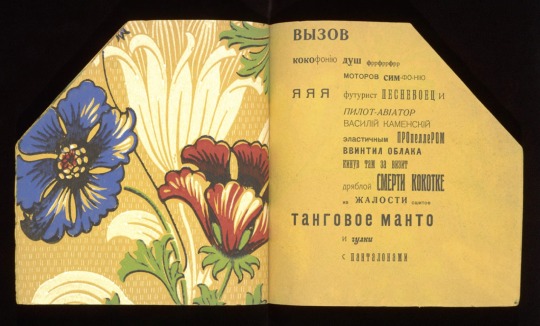
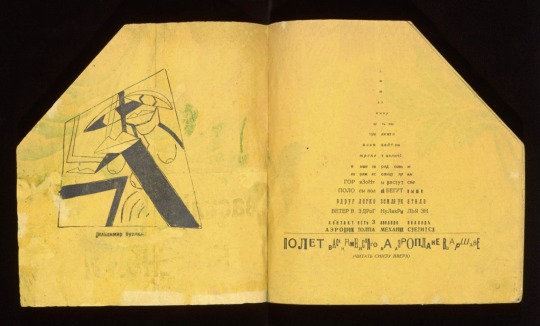
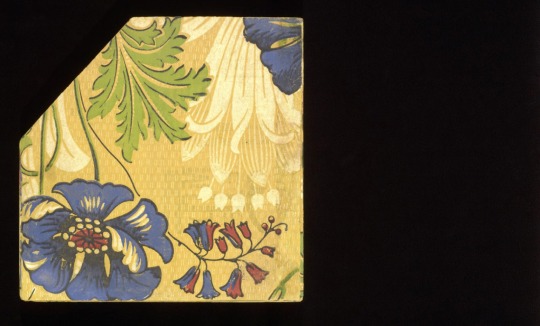
La Ville
The City (France: La Ville: cent bois gravés) is a 1925 wordless novel by Flemish artist Frans Masereel (1889-1972). In 100 monochrome woodcut prints, Masereel looks at many sides of life in a big unnamed city between the wars. He is known especially for his woodcuts.
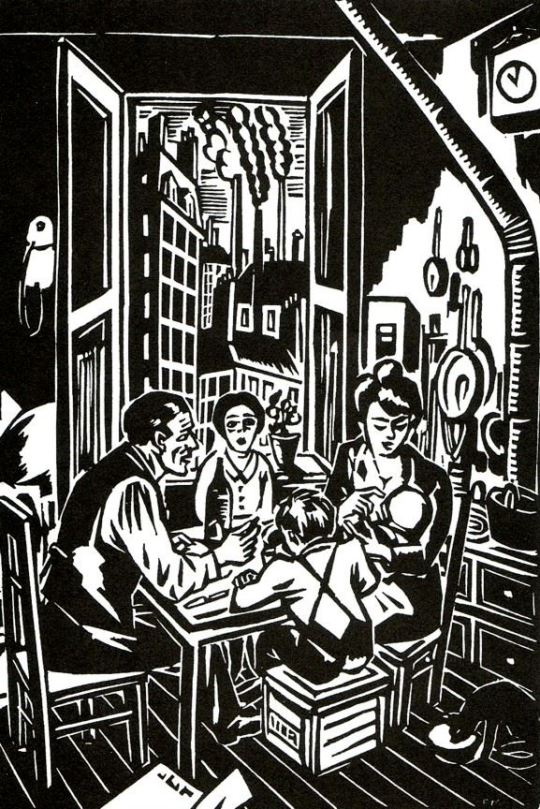
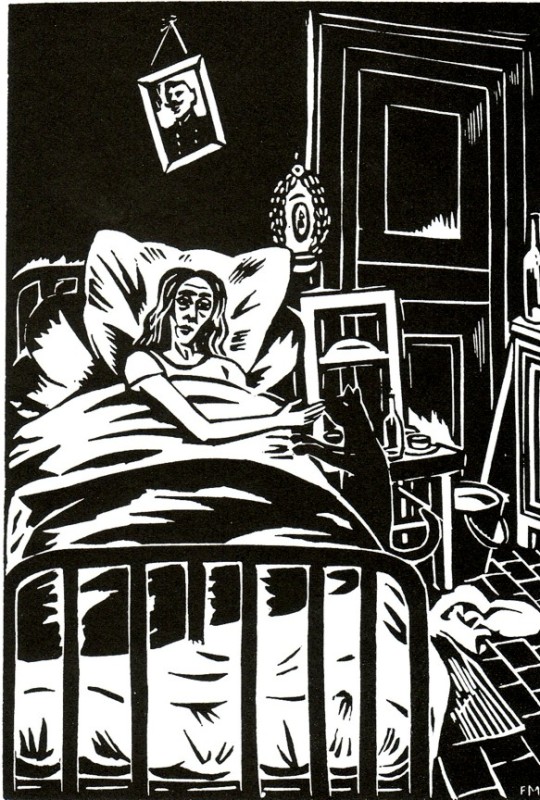

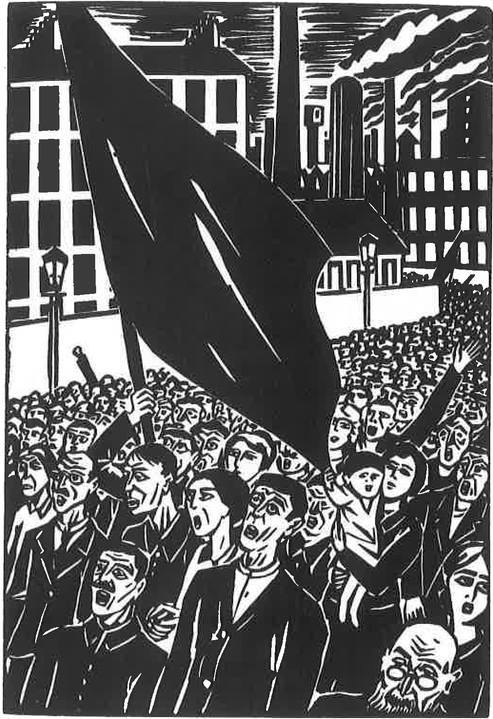
The wordless novel has its origin in the German Expressionist movement of the early 20th century. Socialist themes of struggle against Capitalism are very common.
Frans Masereel appropriated the awkward aesthetic of mediaeval woodcuts to express their anguish and revolutionary political ideas and used simple, traditional iconography.
Beginning in 1916 Masereel began to produce books of woodcuts and caricatures, first in Geneva, where he illustrated works by a wide range of authors, including Walt Whitman, Stefan Zweig, and Maurice Maeterlinck, and from 1922 until 1940 in Paris, where La Ville and other wordless novels were created.
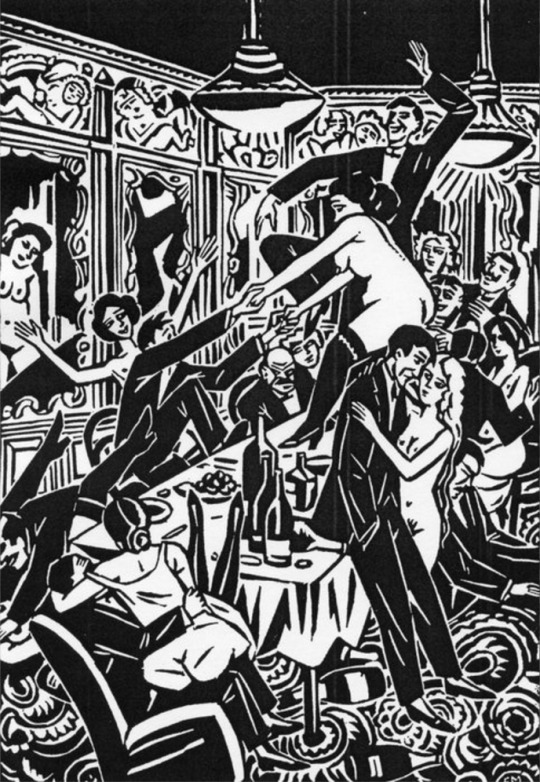
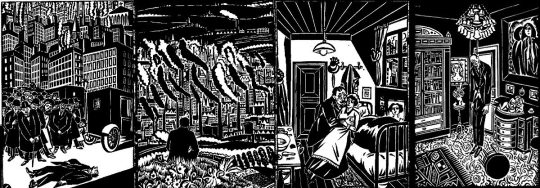
My Symbols
My Symbols is a 2010 artist book by Judy Holding.
Judy Holding is a Melbourne based artist who has been practicing for over thirty years. In 1977, she completed her Diploma of Fine Art at Monash University and since then has exhibited extensively in solo and group exhibitions across Australia. Judy’s practice is underpinned by regular travel and research trips to the Northern Territory as well as numerous residencies overseas including Italy, Ireland, Nepal and India.

Watercolour, silkscreen, linocut and collage on paper
Her love for Australian landscape is the inspiration behind her beautiful works on paper and sculptures.
Zine
Zine is a small, self-published and distributed magazine rising from the punk, feminist and activist movements of the 1980s. Zines are often used to share personal and political views and are easy to read and cheap to buy.
While the zines of the past have been shaped by the topping themes of sci-fi, punk music, and the "riot grrrl movement", there have always been zines on a variety of subjects.
Memoranda
Raffi Kalenderian (1981, born and living in Los Angeles) graduated in 2004 with a BFA from the University of California in Los Angeles.
In Kalenderian's works there are no horizons and no perspective. The artist reveals his world directly to us, showing us his friends, as if he had no secrets.


His friends often seem melancholic while their environment is very colourful. Colourful details of clothes, materials or furniture seem to be striving to attract the spectator’s attention and distract from the figures.
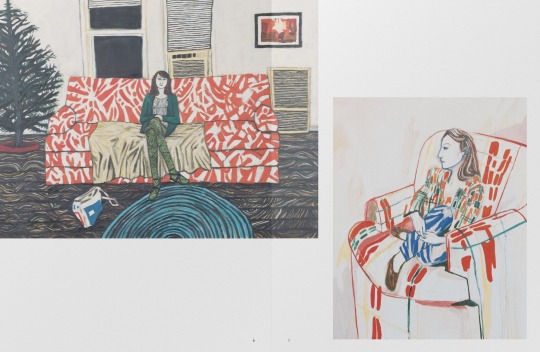



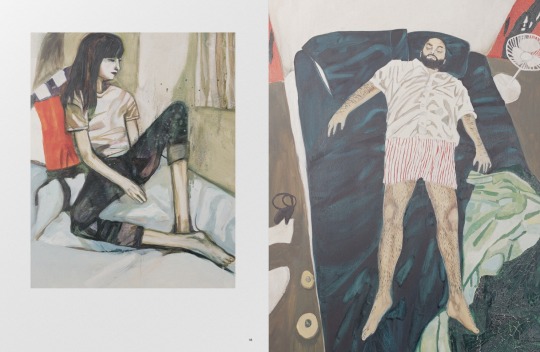
None of the figures look directly at the viewer, but all of them seem to be in contact with us. We are the witnesses of their existence.
Memoranda, the title of the book, can be likening portraiture to notes and memories kept for history, but not too specific to take away from someone's own unique experience.
2 notes
·
View notes

